#global
Chart Of The Day: Global Sales Growth Slows To A Crawl
According to Wards Auto, global auto sales through May hit 32.62 million units, up 6.0% from the year-ago number. But as the chart above shows, the rate of growth in global deliveries has slowed dramatically over the past year-and-a-half, falling below five percent the last several months. So what’s the problem? At this point, what isn’t the problem? The US and Japan have been hit hard by the Japanese tsunami, while the once-blistering-hot markets of China and India are shrinking and growing more slowly respectively.
Collectively, markets in the Asia/Pacific region accounted for 2.35 million vehicle deliveries, equating to 37% of world sales, the region’s lowest global market share since May 2009.
In the U.S. and Canada, sales of Japanese vehicles slipped precipitously below the rest of the market in May due to supply shortages, pulling North America’s year-over-year performance 2.3% below like-2010 on a volume basis, despite an 11.7% increase in Mexico.
So where’s the good news? After a forgettable few years, Europe is back… and South America is staying strong.
Overall deliveries in Europe rose 14.2% in May, to 1.85 million units. The resulting 29.2% share of world sales was the region’s highest take since June of last year…
Double-digit growth in many of South America’s smaller markets lifted regional sales in May 27.6%, compared with year-ago, for a 7.9% share of global deliveries – a 9-month high.
Analyst: Opel Is "The Chrysler Of Europe"
Talk about bad associations! Bloomberg reports that
General Motors Co.’s European Opel unit is introducing models with advanced options typically sold on luxury cars, seeking to revive a business that’s lost $14.5 billion since 1999.
The GM unit is working with AlixPartners LLP on how to tweak options packages or production plans to spur higher prices, said two people familiar with the matter. They are also studying ways to reduce engineering and manufacturing costs, said the people, who asked not to be identified disclosing private plans. Some new features include headlights tuned to high-speed driving on the Autobahn.
Which leads to one damning conclusion:
“They can’t price their cars like Audi or BMW,” said Thomas Stallkamp, principal of Collaborative Management LLC, a Naples, Florida-based consulting firm. Stallkamp, a former Chrysler Corp. president, was a partner at private-equity firm Ripplewood Holdings Inc. when it tried to buy Opel in 2009. “They’re like the Chrysler of Europe.”
Keep in mind, this isn’t just any old analyst… this is a guy who tried to buy Opel back when it was officially for sale. And though pricing issues in the face of rising costs are one Chrysler-like problem facing Opel, there’s another issue that may even be more troubling…
A Glimpse Of Chevy's Compact Pickup Future
What's Wrong With This Picture: A Cobalt's Progress Edition
Saab Recasts Itself As Auto Industry's Answer To Wal-Mart
Saab has started paying suppliers again (although production hasn’t restarted yet), and CEO Victor Muller is once again all popped-collar confidence as he dismisses the “speed bump” that he blames on negative publicity. But behind Mueller’s yacht-club breeziness and talk of “true Saabs,” major changes are afoot in Saab’s business model. Saab’s deal with Hawtai, the product of a desperate search for support in the midst of a liquidity crisis, has changed how Muller sees the global car business, and as a result he’s shopping what may be Saab’s last meaningful asset: Western dealerships. Muller explains his thinking to Automotive News [sub]
We laughed when the Japanese came. We laughed when the Koreans came. But we will not be laughing when the Chinese come. The Chinese are like a steamroller. It took 67 years to build up our dealer network. It is the biggest asset not on our asset sheet, and these guys buy into it for free. If they make the proper cars, can you image how much simpler it will be to push product through the distribution network that is already there? It is like a railway network that is already there.
Bertel and I have a running bet about whether the first actual Chinese import to the US (not a converted glider) will be a Chinese brand or one of the western brands… but it’s not much of a bet because neither of us can ever commit to picking one brand that seems most likely to bust America’s Chinese car cherry, and our “bets” change on a weekly basis. In any case, though, think it’s safe to say that neither of us saw Saab as playing much of a role in any of the scenarios we’ve discussed.
Breaking: Volkswagen Pursuing Isuzu?
The German Manager Magazin will write in its print edition that Volkswagen is considering buying all or part of Isuzu, the diesel-centric Japanese truck and commercial vehicle manufacturer. Volkswagen even has a codename for the deal: “Irene.” Another possibility: the truck firm MAN, which VW owns 30% of, could buy up an Isuzu stake, allowing VW to craft a three-part truck alliance between MAN, Scania and Isuzu. VW’s board member in charge of commercial trucks, Jochem Heizmann, is reportedly in Tokyo pursuing the acquisition and has inspected Isuzu. Toyota’s six percent stake in Isuzu (not to mention VW’s distractions integrating its Porsche and Suzuki alliances) could be serious obstacles. As VW and Toyota battle for the position of world’s largest automaker, Isuzu could become a symbolic battleground for the outsized ambitions of these two industry titans.
UPDATE: VW tells Automotive News [sub] that an Isuzu takeover is “not on the agenda.” Does that mean they’re not looking into the possibility? At this point, it’s not clear.
Does The New Malibu Trade Interior Space For Trunk Room?
When I reviewed the current Chevrolet Malibu, I was generally impressed with GM’s effort in a highly competitive segment, but I had a few complaints. One of those complaints had to do with the ‘bu’s back bench, which prompted me to note
the rear seats seem like almost an afterthought compared to the well-appointed front row. Low seat height, a relatively narrow bench and unsupportive seating make for a poor combination
With images of an updated Malibu making the rounds of the blogosphere, and the Detroit News reporting that its production has been pulled ahead by six months by the order of Dan Akerson, you might think GM had taken the opportunity to improve the Malibu’s second-row shortcomings. But, according to Automotive News [sub]’s product editor, Rick Kranz, it seems that GM has done the opposite of improve rear-seat interior space… because of yet another of the ‘bu’s shortcomings.
Top 40 Automobile Manufacturing Countries 2010
The international auto manufacturers association OICA finally got around to publishing its 2010 production statistics by country. Officially still provisional, but don’t expect material change. Publication of the all important by manufacturer part will probably take well into summer, but you, esteemed TTAC reader, are well ahead of the game.
Before we delve into the numbers, some kudos:
Chevy's Next Colorado (In Concept)
Was The Renault Spy Scare A Scam?
Within days of breaking, the Renault Spy Scandal has been in “ full reverse,” and now it seems the story is becoming even more embarrassing than we had even imagined. The last time we looked at the case, Bertel forwarded two possible theories for the “farce”: either Nissan-Renault CEO Carlos Ghosn wanted a distraction from a soft Nissan Leaf EV launch, or someone inside the company wanted to sabotage Ghosn. Now a new theory takes the farce to nearly unimaginable levels…
What Is A "Global Mustang" Anyway?
When Americans travel abroad, they might catch the odd glimpse of a Ford Mustang. If they’re especially lucky, they might even find a classic in Paris. But if there’s a car left on the market that exemplifies the values that once defined American cars, it’s the Mustang. After all, the Mustang was not only born in the US, it became more than a car because of the way it tapped so deftly into the American psyche. Developed for American tastes, the Mustang has done best when it clings to the simplicity of the formula that made it an icon. Which is why it’s a bit puzzling to hear Ford telling Automotive News [sub] that the next Mustang will be designed based on styling themes from Ford’s global design studios, rather than the US-based team that has always taken the lead on Mustang design.
What's Wrong With This Picture: The Global Ferrari Edition
Mitsubishi Rescues American Production… For Exports?
Most foreign-based automakers see the United States as a market first and a production center second: If sales are good enough, production will follow. Mitsubishi, on the other hand, seems to be taking the opposite approach. The Japanese automaker has announced [via Automotive News [sub]] that it will replace production its weak-selling midsized offerings (Galant, Endeavor, Eclipse) at its Normal, Il factory with one model: the Outlander Sport compact crossover. The Outlander Sport (known elsewhere as RVR and ASX) is Mitsu’s newest vehicle, but the firm still envisions only abput half of Normal’s planned 50k units of production to be sold in North American markets (a safe estimate considering it’s still not outselling the Lancer). The other half will be exported to Russia, Latin America and the Middle East. That’s right, Mitsubishi is keeping its only UAW-represented workforce in order to build compact crossovers for export.
General Motors Could Be The World's Largest Automaker In 2010
So who will be the world’s largest automaker this year? Like it or not, this is decided by numbers of units produced, size doesn’t matter. Some time in summer 2011, OICA will publish the official worldwide manufacturer ranking. Let’s try to figure out the top three. Number 3 is easy:



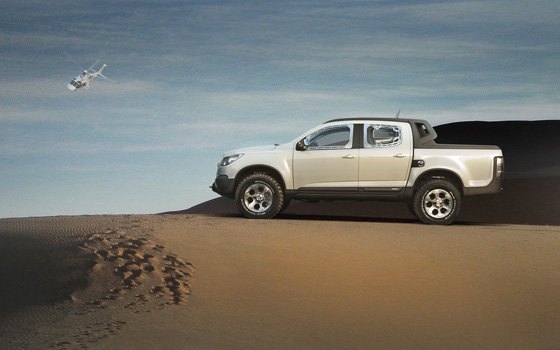
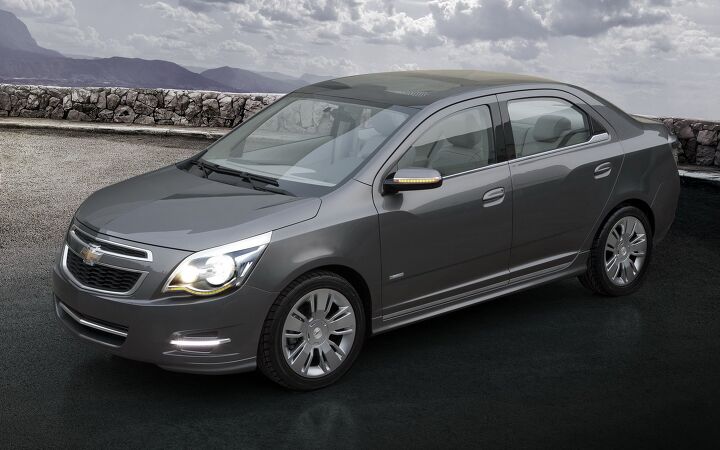


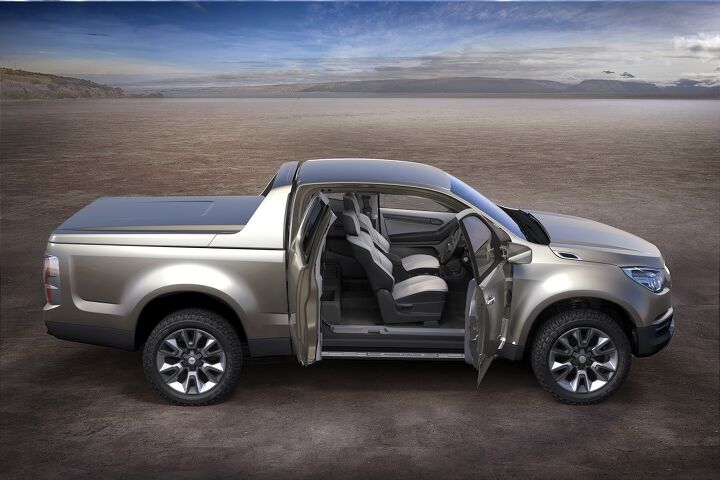

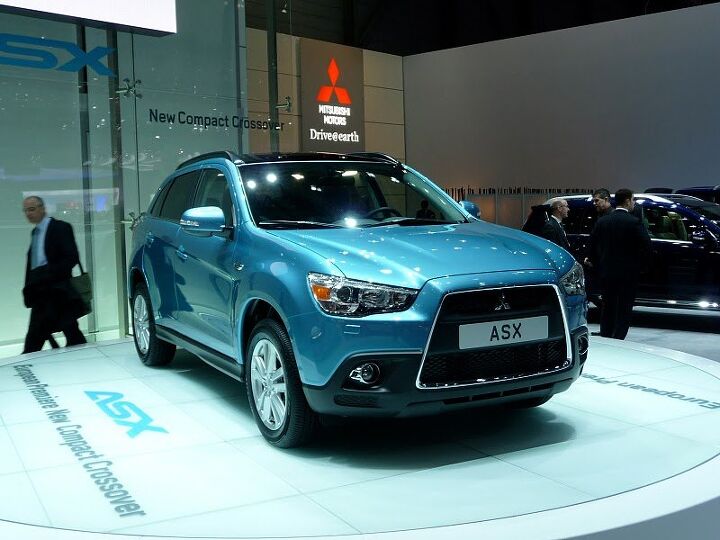
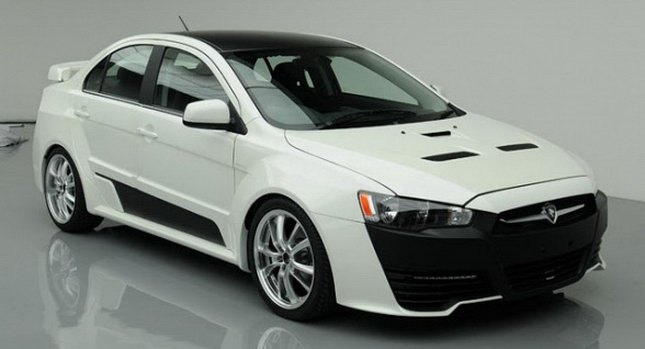











Recent Comments